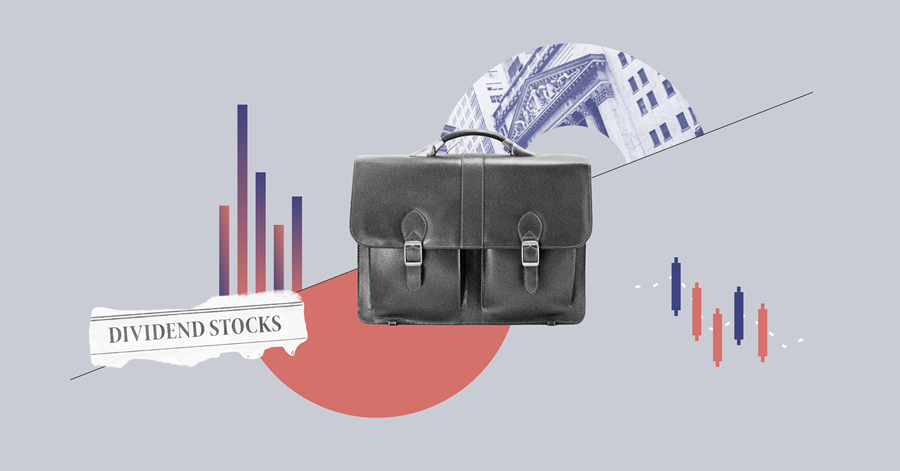This article is part of Morningstar's Guide to Investing for Income
In recent times, income levels on many assets have fallen, owing principally to collapsing interest rates and falling government bond yields. Elsewhere we observe that many sources of income have been shown to be of questionable provenance. In this environment we believe that an ungeared, transparent and understandable income yield, allied to the prospect of longer-term capital growth, has appeal as a core component of a sensible investment strategy.
By investing over the long term in income-generating equities with attractive prospects, we believe investors should enjoy real growth in income together with long-term capital growth. A focus upon companies that pay a regular cash dividend may lead investors to hold a portiflio that is comprised of companies that are reasonably valued, that generate cash flow in a sustainable manner, that are sensibly managed and financed and that allocate a shareholders’ funds with a view to long=term returns on capital.
Dividends and Company Characteristics
We regard a dividend as much more than merely a component of the overall return from a stock. It is tangible evidence of a firm’s profitability and represents a commitment by the management of a company to return the cash flow it generates to shareholders on a regular basis. In addition, we believe the regular payment of a dividend:
Aligns the interests of a companies management with those of its shareholders, with compensatiosn being linked to shareholder returns rather than to sotck options that do not give holders a right to a dividend
Reflects management confidence in a business model
Makes it less likely that cash with remain idle on a company’s balance sheet
Reduces the likelihood or incentive of management to burden a business with too much debt
Compounding and Reinvesting
The long-term returns from US and UK equity markets illustrate the influence of dividends on wealth creation. To the long-term investors, attractive equity returns are derived not simply from the receipt of dividends but from the accumulation of shares as a result of the reinvestment of those dividends. The compounding of investment returns via income reinvestment is a powerful dirver of equity returns over the long term. Capital gains have accounted for the growth of $1 invested in US equities at the beginning of 1900 to $215 at the end of 2011. However, the additional effect of income and its reinvestment has turned that original investment of $1 into £21,978. Accordingly, dividends and their reinvestment accounted for 99% of US equity returns over the period.





























